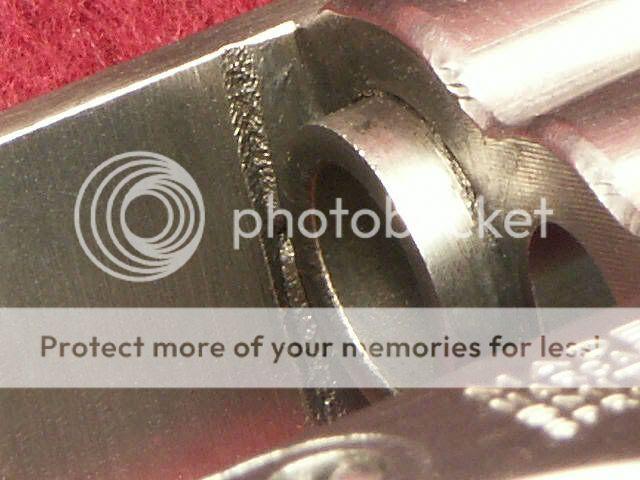Hi all,
Just wondering, but I had purchased some factory Remington 125gr JSP UMC .357 mag ammo a while back and have read that lighter bullets in .357 mag can cause forcing cone and top strap erosion. Would this be a problem with this particular ammo, or should I just stick with heavier 158gr bullets.
Once again all comments are greatly appreciated.
Just wondering, but I had purchased some factory Remington 125gr JSP UMC .357 mag ammo a while back and have read that lighter bullets in .357 mag can cause forcing cone and top strap erosion. Would this be a problem with this particular ammo, or should I just stick with heavier 158gr bullets.
Once again all comments are greatly appreciated.

